Climate change is leaving its mark on the vineyards of the world, reshaping the landscape of wine production. From familiar whites like Chardonnay to the traditional reds like Merlot, no wine variety is unaffected.
As temperatures rise, some grape varieties thrive in the warmer conditions, while others struggle to adapt. These changes, both positive and negative, ultimately boil down to the delicate chemistry of winemaking.
Slight shifts in temperature can significantly alter a wine’s flavor, creating a sense of unpredictability for vintners. Decisions about grape varieties, harvest timing, and fermentation methods are all being challenged as the climate continues to evolve. Let’s explore how these intertwining factors are shaping the future of wine.
Is Climate Change Happening?
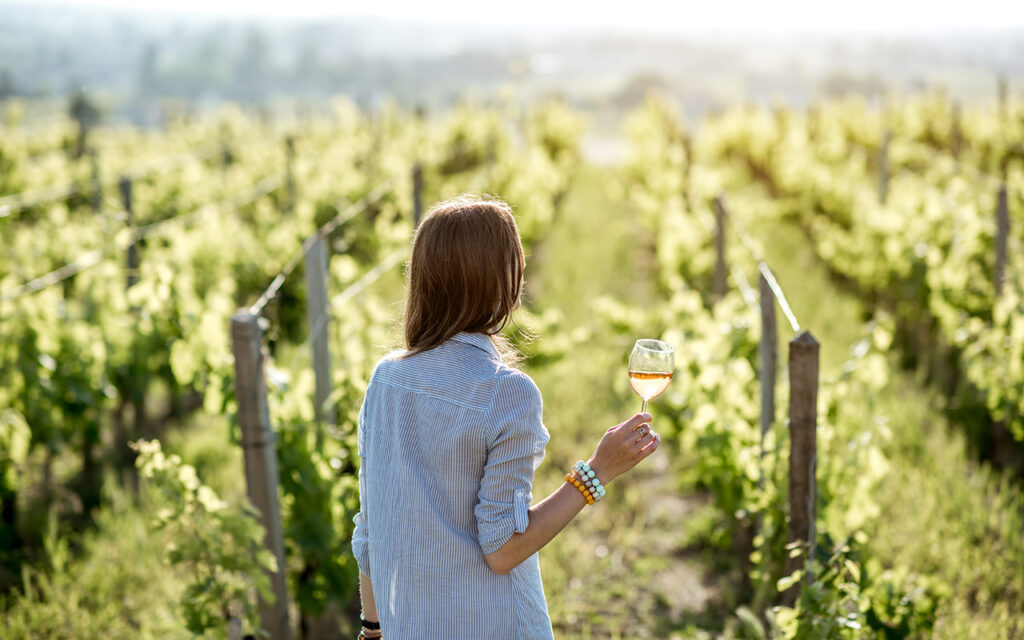
Some people still debate whether or not climate change is real. Yet, it’s undeniable that the earth is warming up at increased speeds. In fact, eight of the last ten years have been the warmest ones on record.
Recent wildfires in California and Hawaii have been devastating, particularly for the wine regions of Napa and Sonoma counties. These natural disasters are not confined to the United States; other major wine-producing nations like Canada, Sicily, Australia, Portugal, Greece, and Germany have also faced the threat of wildfires.
A particularly insidious consequence of wildfires is the smoke taint that can contaminate grape crops. Even if a vineyard is untouched by flames, the smoke can settle over the vines and ruin the entire harvest. Vintners refer to this as smoke taint due to the unpleasant, ashtray-like flavor it imparts to the wine.
Global Warming vs. Climate Change
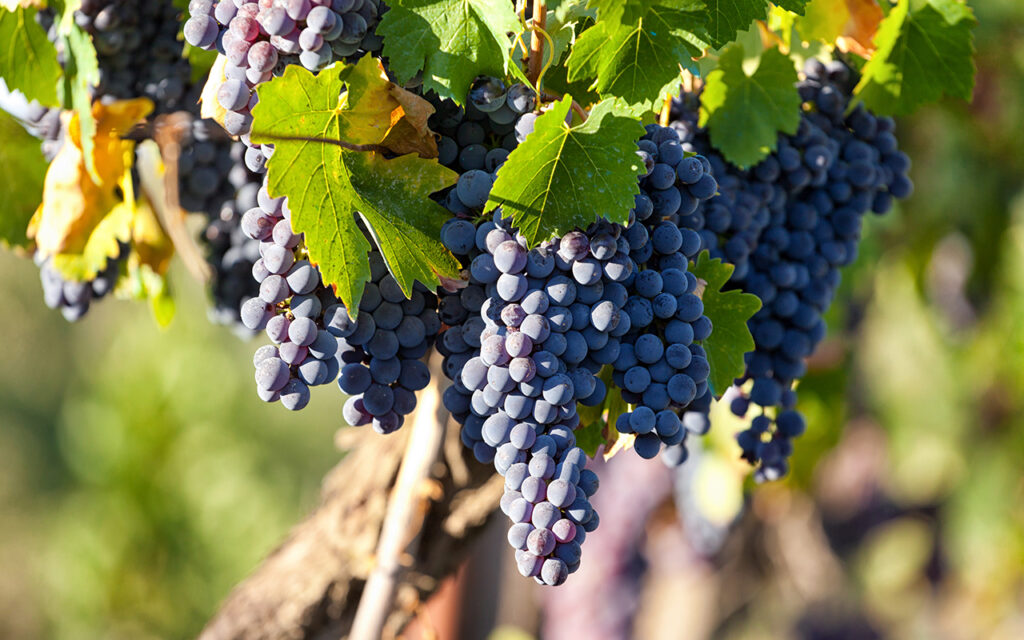
To delve deeper, it’s essential to differentiate between global warming and climate change. Global warming, a component of climate change, refers to the gradual increase in Earth’s average temperature primarily caused by human-induced greenhouse gas emissions.
While global warming is a significant aspect of climate change, the broader phenomenon encompasses much more. Beyond rising temperatures, climate change is characterized by unpredictable weather patterns, including unexpected frosts, excessive precipitation, droughts, and shifts in wind patterns. These changes can have severe consequences for vineyards.
Although humans have always faced challenges in predicting weather with absolute accuracy, there has historically been a degree of predictability. However, as climate change progresses, this predictability is diminishing. By closely monitoring local weather updates, you can observe the subtle yet significant changes occurring year after year.
How Vines React to Changing Weather
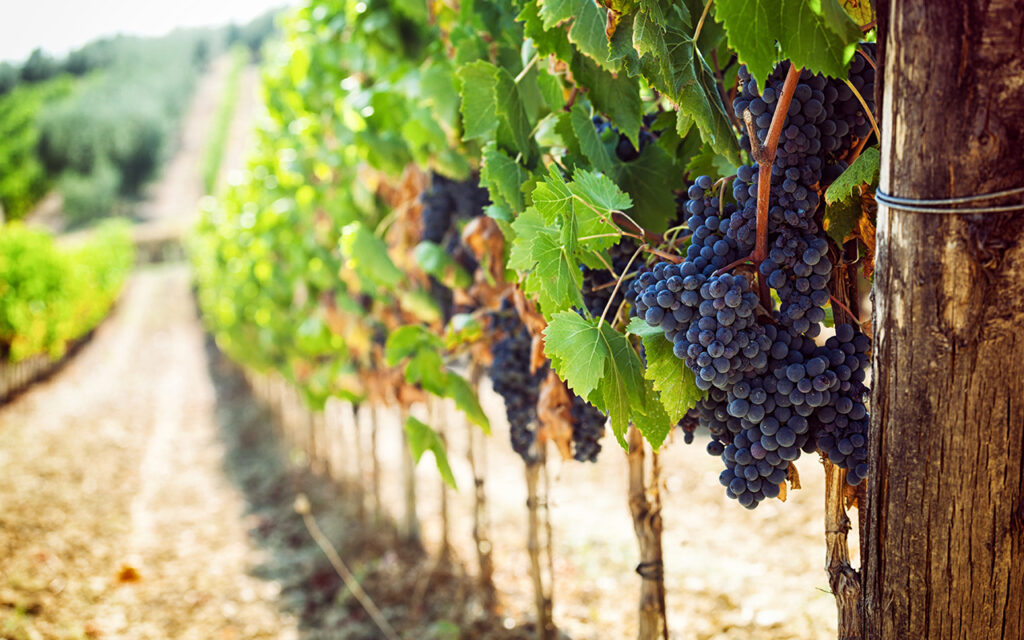
Vines are notoriously weather-sensitive, making viticulture both exhilarating and demanding. Even the slightest temperature fluctuation can result in significant vintage variation. Temperature is a crucial factor in wine production, determining which grape varieties can be successfully cultivated. As climate change continues to evolve, this delicate balance between science, art, and uncertainty becomes increasingly pronounced.
The journey of winemaking begins with the specific terroir, or soil, where the vines are planted. While vines are adaptable crops, they thrive in various environments, including clay, gravel, slate, and fertile land. The topography, including the slope and orientation of the vineyard, as well as sunlight exposure and air temperature, all influence the types of vines that will flourish and ultimately the wines that can be produced. However, changes in weather remain the most significant factor impacting the winemaking process.
Warmer Temperature’s Impact on Wine
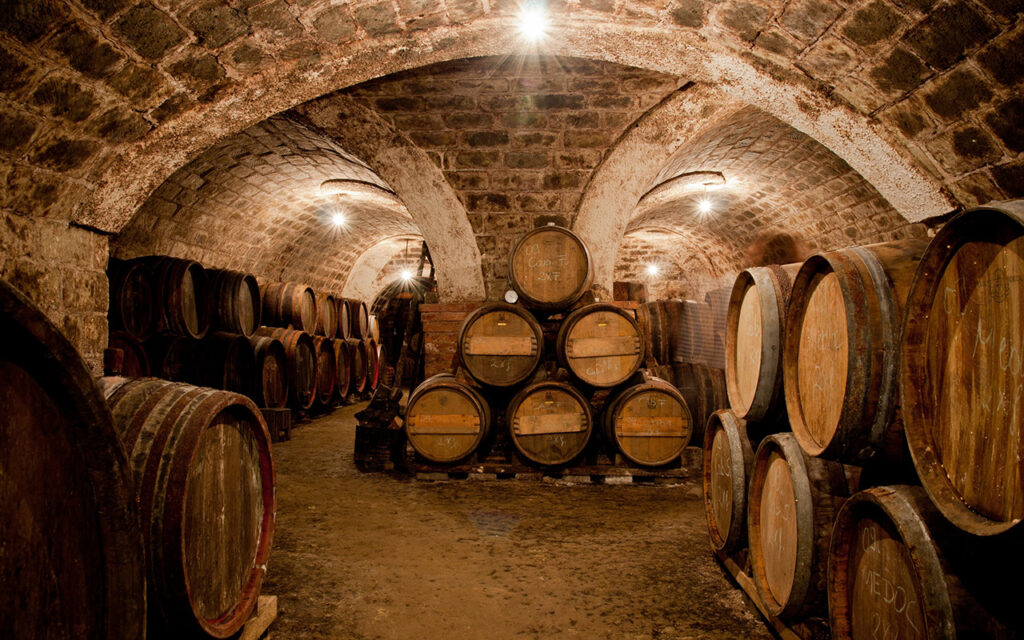
One of the most significant impacts of climate change on the wine industry is the earlier onset of the growing season. As temperatures rise, vines begin to bud and mature ten to fourteen days sooner each year. This accelerated growth cycle can lead to higher alcohol levels, which can disrupt the delicate balance of acidity and fruit in the wine.
Wine connoisseurs may notice a less refined taste profile in some of their favorite wines as a result. Additionally, the earlier start to the growing season exposes vines to the risk of frost damage. If vines prematurely emerge from dormancy, they can be vulnerable to frost, despite the seemingly beneficial mild winters.
Warmer temperatures also create favorable conditions for pests, which can thrive and pose a greater challenge to vintners. Frost acts as a natural deterrent to pests, so its absence can exacerbate pest control issues.
Rainfall Impacts Water Availability
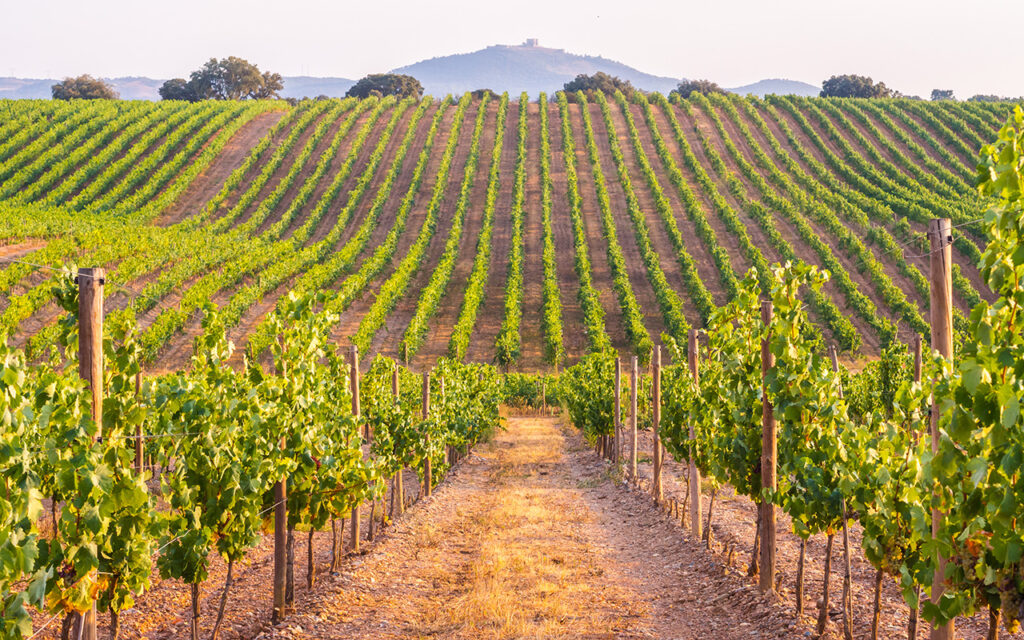
Wildfires pose a dual threat to wine production, causing water shortages and directly impacting vineyards. As water resources are diverted to combat fires, local governments often implement restrictions on non-essential water use, severely affecting both vintners and farmers.
Climate change is also altering rainfall patterns, with some wine-producing regions experiencing below-average precipitation. This can significantly hinder crop yields and the viability of wineries.
In addition to the quantity of rainfall, the intensity and timing of precipitation can also impact vineyards. While gentle, consistent rainfall is ideal, sudden downpours can damage delicate vines. Vines are relatively water-intensive crops, with a fully trellised vine in California requiring eight to ten gallons of water per day. The water demands of an entire vineyard are substantial.
Which Wines Will Be Affected?

Vineyards in cooler European regions are particularly vulnerable to climate change, as they are accustomed to a more temperate climate. Germany, renowned for its Riesling white wine and Pinot Noir red wine, is experiencing the effects of earlier warming trends. Even subtle temperature shifts can significantly alter the flavor profiles of these cool-climate varieties.
Other cool-climate grapes, such as Pinot Gris and Chardonnay, typically produce lighter, fruitier wines. When these grapes are exposed to warmer temperatures earlier in the season, their flavor profiles can be negatively impacted.
While climate change can have detrimental effects, as demonstrated by the 2017 frost that destroyed 40% of Bordeaux’s harvest, it also presents opportunities. Warmer climates are enabling wine production in regions previously unsuitable for viticulture. Varieties that thrive in hot conditions, like Cabernet Sauvignon and Zinfandel, are likely to benefit from rising temperatures.
Warming temperatures can lead to increased sugar levels and decreased acidity in grapes, potentially resulting in sweeter wines like Zinfandel becoming even more desirable.
Wine’s New Reality
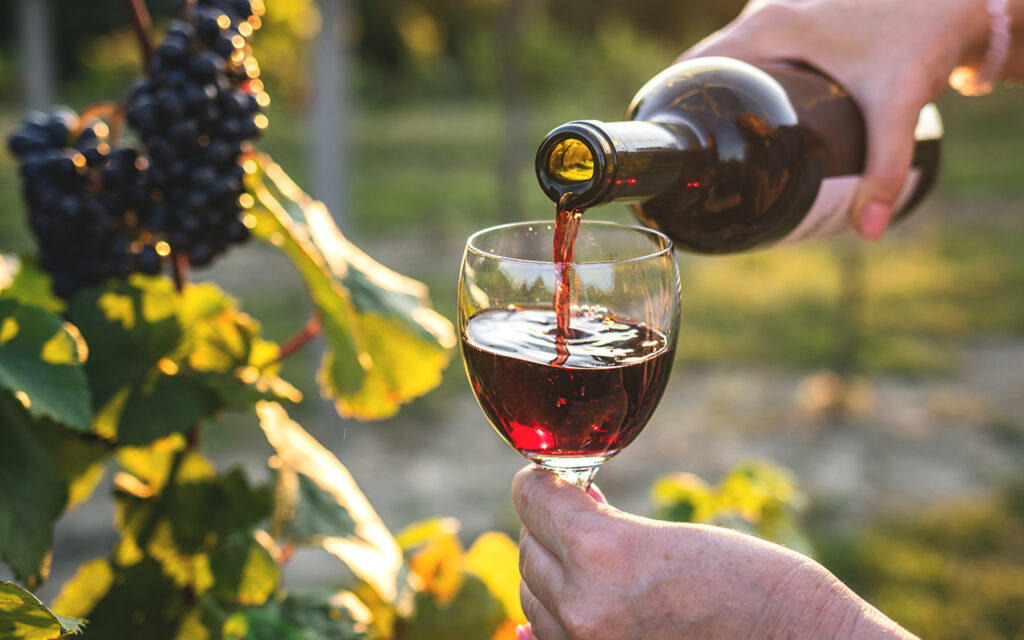
Climate change, encompassing both global warming and unexpected weather events, introduces a significant degree of unpredictability into wine production. From planting to harvest and fermentation, the entire process is impacted. While adaptations can be made, climate change disrupts traditional winemaking practices.
However, climate change also presents opportunities for vintners to experiment with new grape varieties. Despite the challenges posed by wildfires, California wineries continue to produce quality wines. Wine enthusiasts seeking sweeter profiles may discover new vineyards to explore.
For the most current weather information and insights into your local community and beyond, stay tuned to our updates.